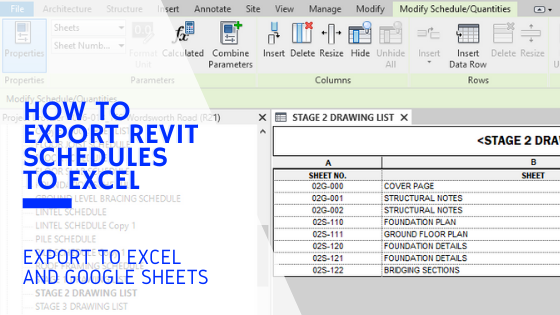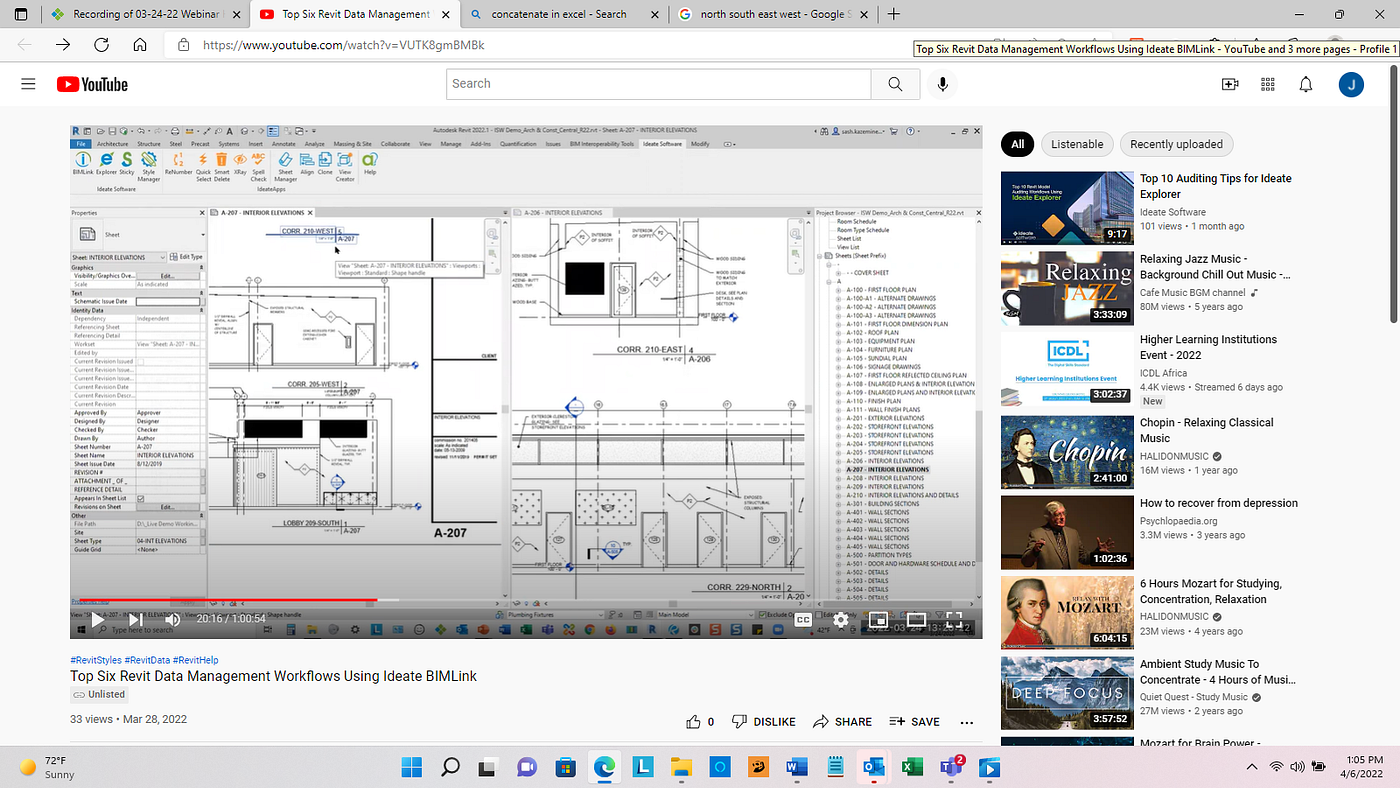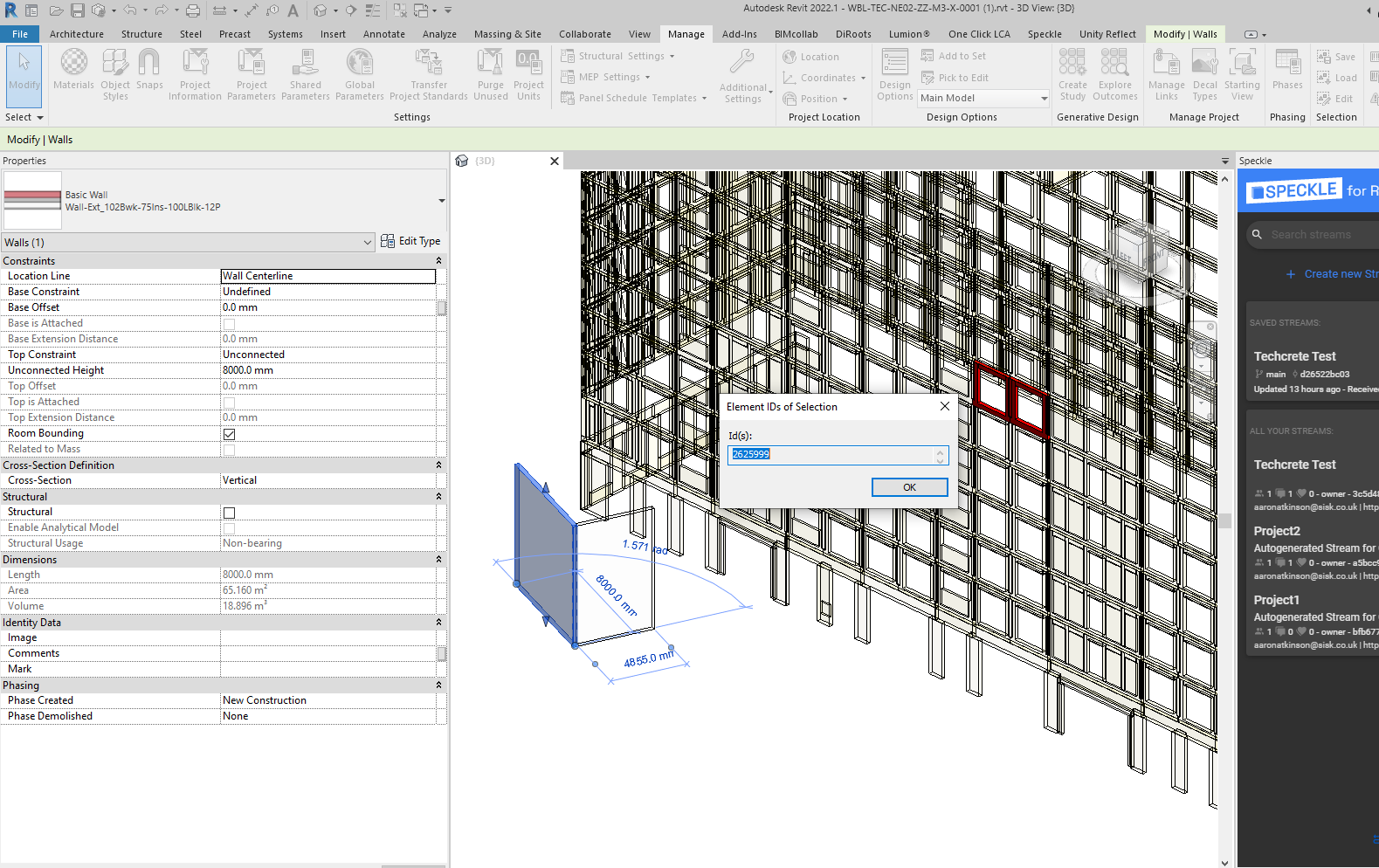Import Excel into Revit Seamlessly: A How-To Guide
Wiki Article
Damaging Obstacles: Excel Importation Techniques for Advanced Revit Users
Discover different information importation techniques and master Excel assimilation to enhance your Revit modeling capacities. With our suggestions and methods, you can overcome importation difficulties and become a true specialist in utilizing Excel for your Revit jobs.Advanced Revit Users: Leveraging Excel for Importation
You can conveniently leverage Excel for importation as a sophisticated Revit user. Excel is a powerful device that can greatly improve your operations and efficiency in Revit. With its capability to take care of big quantities of information and carry out complicated estimations, Excel can be an important possession in handling and organizing your job info.One means to leverage Excel for importation is by utilizing the "Web link Excel" feature in Revit. This function permits you to connect an Excel spreadsheet straight right into your Revit project, enabling you to update and integrate information in between both programs. This can be especially valuable when managing schedules or tracking changes in your job.
One more method to use Excel is by utilizing the "Import/Export" feature in Revit. This feature allows you to import and export data between Revit and Excel, giving you the flexibility to deal with information in both programs. You can import information from Excel right into Revit to develop components such as walls, doors, or areas, and you can also export data from Revit to Excel for further analysis or coverage.

Exploring Information Importation Approaches in Revit Utilizing Excel
Checking out just how to import data from Excel into Revit provides effective methods for integrating information. When you import information from Excel, you can seamlessly move information such as space routines, material lists, and tools information right into your Revit job. This process allows you to conserve time and initiative by staying clear of hands-on data entry.To import information from Excel right into Revit, you can use the "Import/Export" feature. This attribute allows you to map the Excel data fields to the equivalent Revit criteria, making sure that the info is correctly appointed within the design. By selecting the ideal import choices, you can control just how the information is imported and how it connects with your job.
Another approach for importing information from Excel into Revit is by making use of Eager beaver. Dynamo is an aesthetic programs device that integrates with Revit and allows you to automate jobs and workflows. With Eager beaver, you can produce custom manuscripts that import data from Excel and adjust it within your Revit job. This approach supplies a lot more flexibility and modification choices.
Mastering Excel Assimilation for Advanced Revit Modeling
Mastering Excel combination for innovative Revit modeling includes making use of efficient techniques to seamlessly transfer information and automate jobs within your project. By utilizing the power of Excel, you can boost your Revit modeling operations and save beneficial time. One essential strategy is importing data from Excel spreadsheets directly into your Revit design. This permits you to populate specifications, such as area names or product quantities, easily. With a couple of simple steps, you can map the Excel columns to the matching Revit parameters and import the data accurately.Another useful technique is exporting data from Revit to Excel. This enables you to draw out info from your design, such as timetables or product amounts, and assess it in Excel making use of solutions, graphes, or various other effective devices. By leveraging the capacities of Excel, you can execute intricate computations, create custom-made records, and gain beneficial understandings right into your job.
In enhancement to data transfer, Excel combination can automate repeated tasks in Revit. By creating macros or scripts in Excel, you can automate procedures like developing sights, producing sheets, or applying conventional households - revit plugins. This not only conserves time yet likewise guarantees consistency across your task
To understand Excel combination in Revit, it is important to understand the information framework and exactly how Revit communicates with Excel. By familiarizing on your own with the offered tools and strategies, you can unlock the complete capacity of Excel integration and take your Revit modeling to the following level.
Conquering Importation Difficulties: Excel Techniques for Revit Specialists
When conquering importation obstacles, it's important to be acquainted with reliable Excel methods that can profit experts in Revit. As a sophisticated Revit customer, you understand the value of seamlessly importing data from Excel right into your tasks.
An additional helpful strategy is using the "Transpose" feature in Excel. This permits you to convert information from rows to columns or the other way around. When importing data into Revit, this can be particularly practical when you have data in a vertical format in Excel, but you need it to be in a horizontal style in Revit.
In addition, utilizing Excel formulas such as VLOOKUP and INDEX-MATCH can considerably aid in mapping information from Excel to Revit. These solutions allow you to search for certain worths in Excel and fetch corresponding data from another column. When importing big datasets right into Revit., this can conserve you time and initiative.
Excel Information Importation Idea for Advanced Revit Users
By familiarizing on your own with efficient Excel techniques and tips, you can improve your information importation process as a sophisticated customer of Revit. Excel is a powerful device that can greatly promote the importation of data right into Revit, saving you time and boosting your performance. One helpful pointer is to use the "Text to Columns" function in Excel to divide data into different columns based upon a delimiter. When you have information in a single column that needs to be split right into numerous columns in Revit, this can be specifically useful. Furthermore, making use of Excel's "Paste Unique" feature allows you to paste data from Excel into Revit while keeping format, such as cell shade or font design. This can be particularly helpful when importing data that needs certain format in Revit. One more useful trick is to use Excel's "Change and discover" function to quickly make adjustments to your information before importing it into Revit. For example, you can easily replace particular message or personalities with others, conserving you the moment and initiative of manually editing the data in Revit. By making use of these Excel techniques and suggestions, you can improve your data importation procedure and end up being a lot more competent in using Revit.
Conclusion
You have currently learned important strategies for importing data from Excel into Revit as an innovative user. Go ahead, damage those obstacles and excel in your Revit jobs!
When importing data into Revit, this can be specifically helpful when you have data in an upright layout in Excel, but you need it to be in a horizontal style in Revit.
In addition, utilizing Excel formulas such as VLOOKUP and INDEX-MATCH can considerably aid in mapping information from Excel to Revit. Additionally, utilizing Excel's "Paste Unique" attribute permits you to paste information from Excel into Revit while maintaining formatting, such as cell color or font style.
Report this wiki page